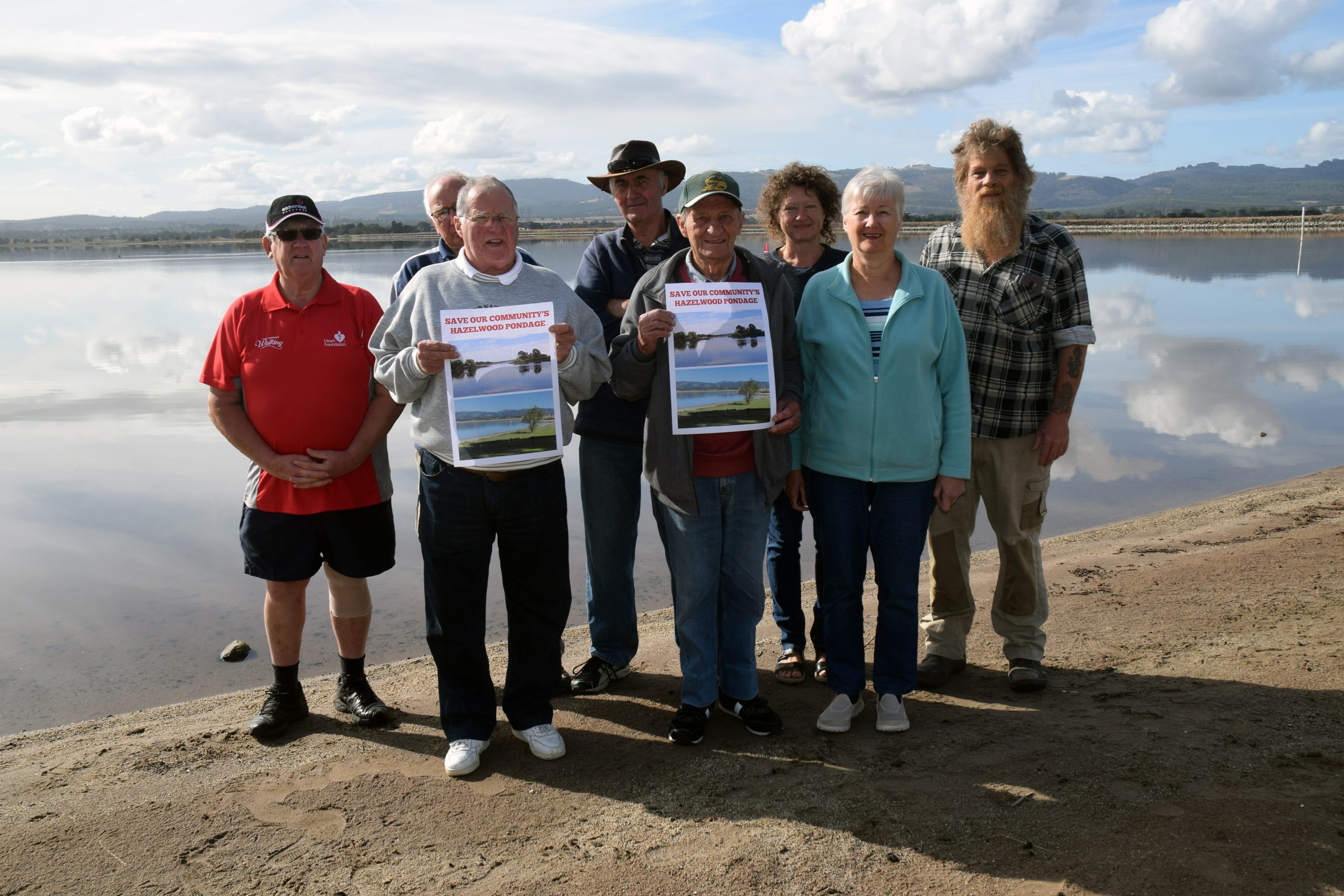By PHILIP HOPKINS
THE proposed windfarms off the Gippsland coast, which have an estimated construction cost of $100 billion to produce 25,000 megawatts of electricity at full capacity, are at the heart of a dispute between the Labor federal and state governments.
The bitter stand-off, according to the Australian Financial Review, is threatening to deepen the state’s energy crisis.
With the Port of Hastings in limbo due to environmental issues as the location to assemble the wind farms, the danger that Gippsland will lose the promised thousands of construction jobs from the project has been exacerbated by a rival bid from Geelong.
The Port of Geelong is pushing ahead to win the contract to build the offshore turbines after the Federal Environment Minister, Tanya Plibersek, 13 months ago vetoed the Port of Hastings as the construction site on environmental grounds. Western Port is a major international Ramsar wetlands site. The $500 million project is to develop the port facilities that would assemble, transport and service the massive wind farms in the 15,000 square kilometre area off the Gippsland coast. A key advantage of Hastings is its naturally deep channel and the availability of land that can be reclaimed. Port Anthony on South Gippsland coast is favoured as the maintenance and servicing depot for the wind farms. It and the neighbouring Barry Beach have also been named as potential alternatives to Hastings.
A state government spokesman told the Express that Victoria continued to work with the federal government to address feedback over the federal environmental issues regarding the Victorian Renewable Energy Terminal at Port of Hastings.
The Port of Geelong’s push is supported by the Deputy Prime Minister, Richard Marles, whose electorate includes Geelong. He has described the project as having “national significance”, the AFR reported.
Geelong’s Chief Executive, Brett Winter, said Geelong did not require channel deepening.
“Located on a brownfield site, the development area has been designed with a streamlined approval pathway. Our terminal could be operational by 2029 and does not need any dredging or channel deepening,” he told the AFR.
The federal government has granted 12 feasibility licences for the Gippsland offshore wind projects. The licence holders are holding joint community engagement events at Port Albert, Golden Beach, Sale, and Leongatha this month.
The state government has a target of 95 per cent of renewable energy by 2035 as the Latrobe Valley’s brown coal plants wind down by that date. Yallourn W is scheduled to close by 2028 and Loy Yang A power station by 2035. Loy Yang B has not nominated a date, and is working on alternative options, including the use of biomass, to avoid closure.
However, the state government risks not meeting its target as it has not yet released the next stage of its offshore wind strategy – the auction process for commercial contracts for the installation of the wind projects.
The AFR said the crucial fourth “implementation statement would include details on the support package for the renewables sector for it to reach Victoria’s target of at least 2000MW by 2032, doubling to 4000MW by 2035, and 9000MW by 2040.”
The state says a 2000MW project can cost between $8 billion and $10 billion, which is well above costs for onshore wind farms, which generate power less often.
An invitation for expressions of interest in the state-run auction for commercial offtake contracts has slipped from its December 2024 quarter schedule.
“Some suggest funding for the process has become another point of tension between Victoria and Canberra,” the AFR reported.
The state government spokesman told the Express that the expression of interest for the first auction would open “soon”.
This would occur after feedback from project proponents that required more time to complete the necessary surveying and testing work after the finalisation of the Commonwealth regulations, he said.
Southerly Ten, a Copenhagen Infrastructure business, is developing the Star of the South project, which is the most advanced of the 12 offshore wind ventures that have feasibility licenses.
A Southerly Ten spokeswoman told the Express that the company had gained an exploration licence in 2019, giving it a head start on the different studies into onshore and offshore wind. An environmental impact study was also under way and would be completed by this year. It would be the subject of public hearings and submissions, she said.
“We will also be involved in the auctions,” she said.
Bell Bay in Tasmania has also been named as a potential alternative to Hastings. Mr Winter told the AFR that developing multiple ports was the best way to spread the risk and avoid potential disruptions to the offshore wind supply chain.
“If we can’t get this right in Victoria, then the entire offshore wind program for Australia is at risk,” Mr Winter said.











